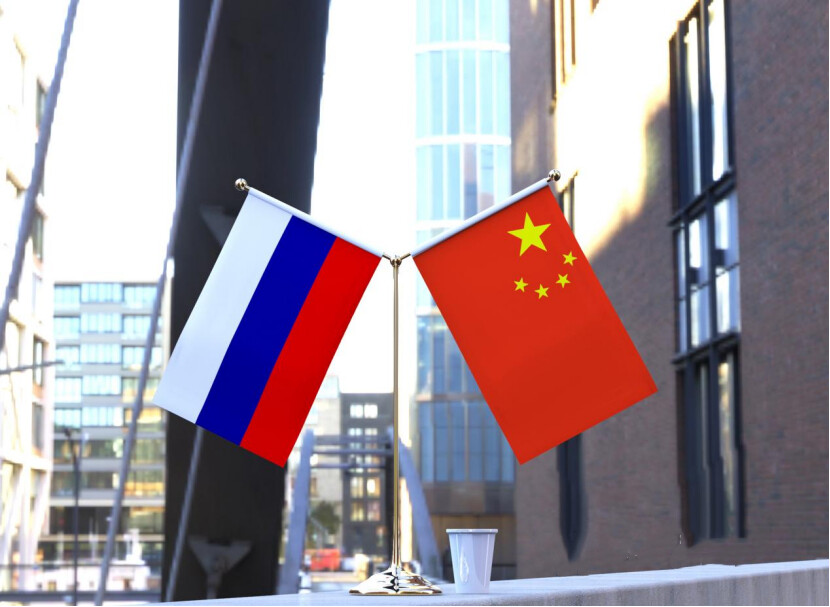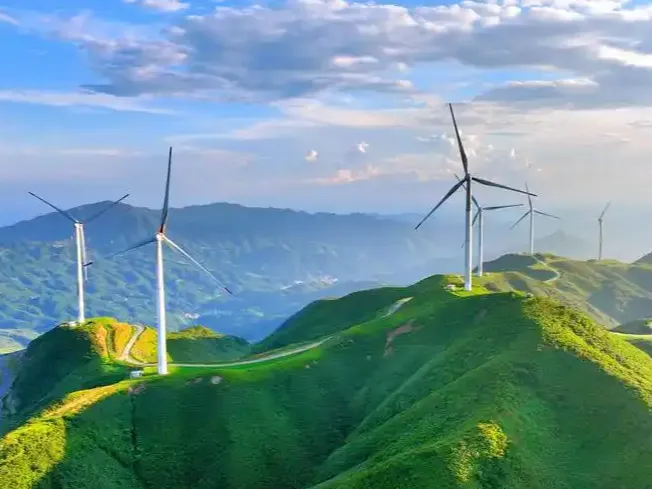- This agreement is another major landmark cooperation between China and Russia in natural gas trade
- After the line is put into production, the annual supply of Gazprom's pipeline natural gas to China will increase by 10 billion cubic meters

Taking advantage of the Winter Olympics, Putin, who participated in the opening ceremony, took the opportunity to "bring goods", increasing the energy cooperation between Russia and China. In the case of the European energy deadlock and the repeated approval of Nord Stream 2, Sino-Russian energy cooperation has revealed a signal of the eastward development of Russian energy.
Energy cooperation has always been the field with the heaviest weight, the most achievements and the widest scope in Sino-Russian cooperation. In the joint statement, the two sides will promote the improvement and upgrading of the economic cooperation among the SCO member states, and continue to strengthen cooperation among the member states in areas of common interest such as trade, industry, transportation, energy, finance, investment, agriculture, customs, telecommunications, and innovation. Cooperation to carry out advanced, resource-saving, energy-saving, green technology application.

On the existing basis, Sino-Russian oil and gas cooperation has once again increased.
Russia and China signed a large order of 100 million tons of oil. Rosneft and China National Petroleum Corporation signed an agreement to supply 100 million tons of oil to China through Kazakhstan. The agreement is for 10 years and 10 million tons per year. The plants in northwest China will process crude oil to meet China's demand for petrochemical products. demand.
There are large refineries in Xinjiang and Lanzhou in northwest China. The 10 million tons per year is a new contract on top of the existing one, which means a substantial increase in Russian oil exports to China. According to statistics from Rosneft, 442 million tons of oil have been sent to China since 2005. Mainly Rosneft is responsible.
In addition to oil, China's natural gas consumption has grown rapidly in the context of dual carbon. In 2021, China's LNG import volume will surpass that of Japan, ranking first in the world, and China's natural gas consumption will reach 356.4 billion cubic meters. Natural gas plays a special role in achieving carbon neutrality.
Natural gas is imported mainly through pipeline gas and LNG. Pipeline gas is imported through the Central Asia Pipeline in the northwest, the China-Russia East Line in the northeast, and the China-Myanmar Pipeline. Outside the China-Russia eastern route, the growth space for imported natural gas is limited, and various problems arise from time to time.
China and Russia will add 10 billion cubic meters to the 38 billion cubic meters in the east.
Gazprom and China National Petroleum Corporation (CNPC) signed a new long-term gas supply agreement to increase gas exports to China by 10 billion cubic meters to 48 billion cubic meters per year, which will be transported through the Far East Gas Pipeline .
This will increase pipeline gas imports by 10 billion cubic meters per year. Since 2021, Europe has experienced an energy crisis, and gas and electricity prices have continued to hit new highs, while the Russia-Europe Nord Stream No. 2 pipeline has been repeated frequently and has not yet been released. With this cooperation, more natural gas from Russia will enter the Chinese market. China also increased its supply by 10 billion cubic meters.
The Sino-Russian Eastern Route will be put into operation at the end of 2019. According to the contract, Russia's annual natural gas transmission will increase to 38 billion cubic meters. The total length of the China-Russia eastern gas pipeline is more than 8,000 kilometers, about 3,000 kilometers in Russia, and 5,111 kilometers in China through 9 provinces (autonomous regions and municipalities). The total value of the Sino-Russian East Route project has reached 400 billion US dollars, and Russia has supplied over 1 trillion cubic meters of gas to the Chinese market in the past 30 years.

Between China and Russia, the western route has been discussed for many years, and no route has been confirmed so far. Mongolia wants to pass through the country on the western front.
The Russian side plans that the natural gas pipeline from Russia to China via Mongolia is a continuation of the "Force of Siberia" pipeline, tentatively named "Force of Siberia-2". The large-diameter pipeline is about 960 kilometers long through Mongolia, and plans to transport 50 billion cubic meters of natural gas to China every year.
If all goes well, the design of the line will be completed between 2022 and 2023, with construction starting in 2024. But there is no sign of any real progress on the project.
Chinese companies are also investors and major markets for Russia's LNG project in Yamal. Several Chinese companies have signed purchase and sale agreements for Arctic LNG projects.
The natural gas supplied to the Chinese market mainly comes from the Russian Far East gas fields, and increasing the supply also requires the support of natural gas production. Behind this, there may be more investment cooperation hidden. Editor/Sang Xiaomei
Comment
 Praise
Praise
 Collect
Collect
 Comment
Comment
 Search
Search














Write something~